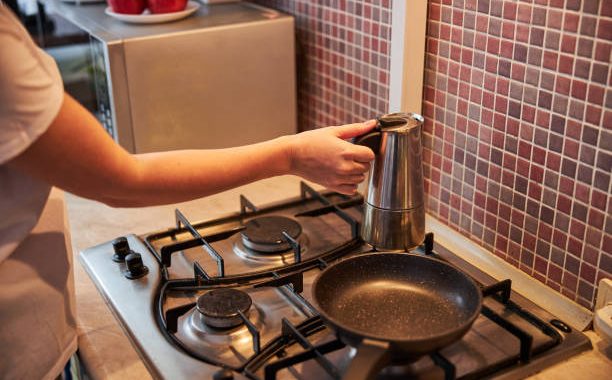Ceramic hobs have become increasingly popular choices for modern kitchens, offering sleek designs and efficient cooking capabilities. However, like any kitchen appliance, ceramic hobs come with their own set of advantages and disadvantages. Understanding these can help you make an informed decision when considering whether a ceramic hob is the right choice for your culinary needs. Let’s delve into the pros and cons of ceramic hobs:
Advantages
Sleek Design: One of the most significant advantages of ceramic hobs is their sleek and modern appearance. With smooth, glass-ceramic surfaces and minimalistic designs, ceramic hobs add a touch of sophistication to any kitchen aesthetic, complementing contemporary décor seamlessly.
Even Heat Distribution: Ceramic hobs provide consistent and even heat distribution across the cooking surface, allowing for precise temperature control. This feature is particularly beneficial for delicate cooking tasks, such as simmering sauces or melting chocolate, where maintaining a constant temperature is crucial.
Easy to Clean: Cleaning ceramic hobs is a breeze, thanks to their smooth, flat surfaces. Spills and splatters can be wiped away effortlessly with a soft cloth or sponge, and stubborn stains can be tackled with specialized ceramic hob cleaners. Unlike gas hobs with grates and burners, ceramic hobs have no crevices or nooks where food particles can accumulate, making them hygienic and easy to maintain.
Safety Features: Many ceramic hobs are equipped with safety features such as residual heat indicators, which alert users when the hob surface is still hot even after the heating elements have been turned off. This helps prevent accidental burns and ensures user safety, especially in households with children or pets.
Energy Efficiency: Ceramic hobs are known for their energy efficiency, as they heat up quickly and retain heat well, requiring less energy to maintain cooking temperatures. This not only reduces energy consumption but also translates to cost savings on utility bills in the long run.
Versatility: Ceramic hobs are compatible with a wide range of cookware, including stainless steel, aluminum, and copper-bottomed pots and pans. Unlike induction hobs, which require specific magnetic cookware, ceramic hobs offer greater flexibility in terms of cookware options, making them suitable for various cooking styles and preferences.
Disadvantages
Prone to Scratches: Despite their durable construction, ceramic hob surfaces are susceptible to scratches, especially when exposed to abrasive materials or rough-bottomed cookware. Care must be taken to avoid sliding pots and pans across the surface or using utensils with sharp edges that could scratch the glass-ceramic finish.
Susceptible to Damage: Ceramic hobs are more prone to damage from impact compared to gas hobs or solid plate electric hobs. Dropping heavy objects onto the hob surface or accidentally knocking it with hard utensils can cause chips, cracks, or shattering, requiring costly repairs or replacements.
Slow Heating and Cooling: While ceramic hobs provide even heat distribution, they may take longer to heat up and cool down compared to gas hobs. This can be a disadvantage for users who prefer quick cooking or need precise temperature control for rapid changes in cooking techniques.
Limited Compatibility with Cookware: Although ceramic hobs are compatible with a wide range of cookware, they may not be suitable for certain types, such as cast iron or stone cookware, which can cause scratches or damage to the hob surface. Additionally, ceramic hobs are not compatible with induction-specific cookware, limiting their versatility in some cases.
Susceptible to Staining: While ceramic hobs are easy to clean, they may be prone to staining from certain food substances or spills, such as tomato-based sauces or sugary liquids. Prompt cleaning and regular maintenance can help prevent staining, but some discoloration may be inevitable over time.
Cost Considerations: Ceramic hobs tend to be more expensive upfront compared to traditional electric coil or solid plate electric hobs. Additionally, the cost of repairs or replacements in the event of damage can be higher due to the specialized nature of ceramic hob components.
In conclusion, ceramic hobs offer a host of benefits, including sleek design, even heat distribution, easy cleaning, and energy efficiency. However, they also come with certain drawbacks, such as susceptibility to scratches and damage, slow heating and cooling, and compatibility issues with certain cookware types. By weighing these advantages and disadvantages against your specific cooking needs and preferences, you can determine whether a ceramic hob is the right choice for your kitchen.
Don’t let appliance malfunctions disrupt your daily routine. Trust Chula Vista Appliance Repair Company to get your appliances back up and running smoothly. Visit our website today to find out more about our exceptional services and how we can assist you. Experience the difference with Chula Vista Appliance Repair Company – your go-to expert for reliable appliance repairs.
Contact us
(619) 880-5508


